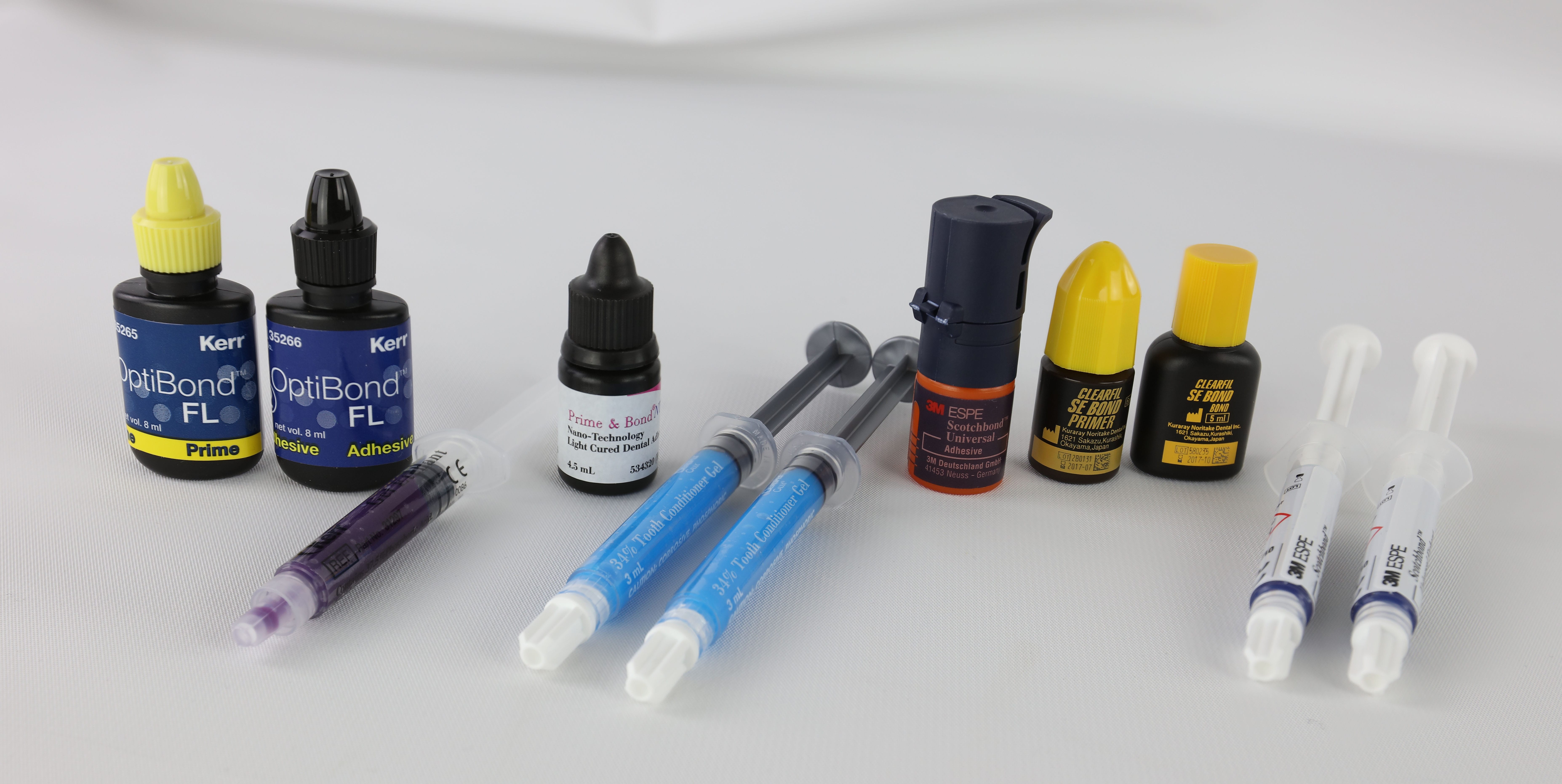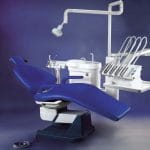Are you dreaming of a perfect smile but feeling overwhelmed by the maze of orthodontic options? You’re not alone. Dental braces have come a long way, with a staggering 4 million Americans now wearing them. In 2025, achieving your ideal smile is more accessible and comfortable than ever before.
This guide will unveil the latest advancements in orthodontic technology, from invisible aligners to AI-powered treatments, helping you navigate the exciting world of modern braces. You’ll discover how these innovations can transform your smile faster and more discreetly than traditional methods. Ready to unlock the secrets to a confident, radiant smile? Let’s explore the cutting-edge options that are revolutionizing orthodontics and find the perfect solution for your unique needs.
The Importance of Straight Teeth: More Than Just Aesthetics
While a beautiful smile can undoubtedly boost confidence, the benefits of straight teeth extend far beyond mere aesthetics. Proper dental alignment plays a crucial role in overall oral health and can significantly impact your general well-being.
Health Benefits of Straight Teeth
- Improved Oral Hygiene: Straight teeth are easier to clean, reducing the risk of tooth decay and gum disease.
- Better Bite Function: Properly aligned teeth distribute biting forces evenly, reducing wear and tear on individual teeth.
- Reduced Risk of TMJ Disorders: Correcting misalignments can alleviate jaw pain and headaches associated with temporomandibular joint (TMJ) issues.
- Enhanced Speech: Certain dental misalignments can affect speech patterns. Correcting these issues can improve articulation and clarity.
- Improved Digestion: Properly aligned teeth allow for more effective chewing, aiding in the digestive process.
Psychological Benefits
Straight teeth can have a profound impact on an individual’s self-esteem and social interactions. A confident smile can lead to:
- Increased self-assurance in personal and professional settings
- Improved social interactions and relationships
- Enhanced overall quality of life
By addressing both the physical and psychological aspects of dental alignment, modern orthodontic treatments aim to provide comprehensive benefits to patients.
Modern Braces Options in 2024
The field of orthodontics has seen remarkable advancements in recent years, offering patients a wide array of options to suit their needs and preferences. Let’s explore the most popular and effective types of braces available in 2024:
1. Traditional Metal Braces
Despite the emergence of newer technologies, traditional metal braces remain a reliable and effective option for many patients.
Pros:
- Highly effective for complex cases
- Most affordable option
- Customizable with colored bands for a personalized touch
Cons:
- Most visible option
- Can cause some discomfort and dietary restrictions
Advancements in 2024:
- Smaller, more comfortable brackets
- Heat-activated archwires for more precise and gentle tooth movement
- Improved bonding agents for reduced risk of decalcification
2. Ceramic Braces
Ceramic braces offer a more aesthetically pleasing alternative to traditional metal braces while maintaining similar effectiveness.
Pros:
- Less noticeable than metal braces
- As effective as traditional braces for most cases
Cons:
- Slightly more expensive than metal braces
- Brackets can stain if not properly cared for
Advancements in 2024:
- Enhanced stain-resistant materials
- Improved durability to reduce breakage
- Self-ligating options for reduced friction and faster treatment
3. Lingual Braces
Lingual braces are attached to the back of the teeth, making them virtually invisible from the front.
Pros:
- Completely hidden from view
- Effective for most orthodontic issues
Cons:
- Can be more expensive than other options
- May cause temporary speech difficulties
- Challenging to clean
Advancements in 2024:
- Computer-aided design and manufacturing (CAD/CAM) for custom-fit brackets
- Improved comfort with specialized bracket designs
- Enhanced bonding techniques for reduced risk of bracket detachment
4. Clear Aligners
Clear aligner systems, such as Invisalign, have gained immense popularity due to their discreet appearance and removable nature.
Pros:
- Nearly invisible
- Removable for eating and oral hygiene
- Comfortable and convenient
Cons:
- May not be suitable for complex cases
- Requires discipline to wear for the recommended 20-22 hours per day
Advancements in 2024:
- AI-powered treatment planning for more precise and efficient tooth movement
- Integration with smartphone apps for progress tracking and reminders
- Improved materials for faster treatment times and better comfort
5. Self-Ligating Braces
Self-ligating braces use a specialized clip to hold the archwire in place, eliminating the need for elastic bands.
Pros:
- Reduced friction for potentially faster treatment
- Fewer adjustments needed, meaning fewer office visits
- Often more comfortable than traditional braces
Cons:
- Can be more expensive than traditional braces
- May not be suitable for all cases
Advancements in 2024:
- Enhanced clip designs for improved efficiency and comfort
- Integration with digital treatment planning for optimized results
- Combination with clear or ceramic brackets for improved aesthetics
Choosing the Right Braces for You
Selecting the most appropriate type of braces depends on various factors, including:
- Severity of Orthodontic Issues: Complex cases may require traditional braces, while milder issues might be treatable with clear aligners.
- Lifestyle Considerations: Removable options like clear aligners may be preferable for those with active lifestyles or specific professional requirements.
- Aesthetic Preferences: Patients concerned about appearance may opt for ceramic braces or clear aligners.
- Budget: Traditional metal braces are typically the most cost-effective option, while lingual braces and some clear aligner systems may be more expensive.
- Treatment Duration: Some options, like self-ligating braces, may offer faster treatment times for certain cases.
- Compliance: Removable options require discipline to wear as directed, while fixed braces ensure consistent treatment.
Consulting with an experienced orthodontist is crucial in determining the best treatment option for your specific needs and goals.
The Orthodontic Treatment Process
Understanding the typical orthodontic treatment process can help patients prepare for their journey to a straighter smile:
1. Initial Consultation
- Comprehensive oral examination
- X-rays and 3D imaging
- Discussion of treatment options and goals
2. Treatment Planning
- Custom treatment plan development
- Digital smile simulation (available with some treatment options)
- Discussion of expected treatment duration and costs
3. Braces Application or Aligner Fitting
- Placement of chosen orthodontic appliance
- Instructions for care and maintenance
4. Regular Adjustments and Check-ups
- Periodic visits for adjustments or new aligners
- Progress monitoring and potential treatment modifications
5. Retention Phase
- Removal of braces or completion of aligner series
- Fitting of retainers to maintain results
- Long-term retention plan
Accelerated Orthodontic Treatments
In 2024, several innovative techniques are available to potentially reduce treatment time:
1. Vibration Therapy
- Uses gentle vibrations to stimulate bone remodeling
- May reduce treatment time by up to 50% in some cases
2. Low-Level Light Therapy
- Utilizes specific wavelengths of light to accelerate tooth movement
- Can be used in conjunction with various braces types
3. Micro-Osteoperforation
- Minimally invasive procedure to stimulate bone remodeling
- May significantly reduce treatment time for some patients
4. Customized 3D-Printed Braces
- Precisely designed to achieve optimal tooth movement
- Can potentially reduce treatment duration and increase comfort
While these accelerated treatments show promise, their effectiveness may vary depending on individual cases. Consult with your orthodontist to determine if these options are suitable for your treatment plan.
Maintaining Oral Health During Treatment
Proper oral hygiene is crucial during orthodontic treatment to prevent complications and ensure the best possible results:
- Brushing Technique: Use a soft-bristled toothbrush and fluoride toothpaste. Brush after every meal, paying extra attention to areas around brackets and wires.
- Flossing: Use floss threaders or specialized orthodontic flossers to clean between teeth and under wires.
- Water Flossers: Consider using a water flosser for more effective cleaning around braces.
- Antimicrobial Mouthwash: Rinse daily with an alcohol-free, fluoride mouthwash to reduce the risk of decay and gum inflammation.
- Diet Modifications: Avoid hard, sticky, and sugary foods that can damage braces or promote tooth decay.
- Regular Dental Check-ups: Maintain routine visits to your general dentist for cleanings and examinations.
Post-Treatment Care and Retention
After completing orthodontic treatment, proper retention is crucial to maintain your new smile:
- Retainer Types:
- Removable retainers (clear plastic or wire and acrylic)
- Fixed retainers (bonded to the back of teeth)
- Wear Schedule: Follow your orthodontist’s instructions for retainer wear, typically full-time initially, then transitioning to nighttime wear.
- Retainer Care: Clean retainers regularly and store them properly when not in use.
- Long-term Maintenance: Continue wearing retainers as directed to prevent relapse and maintain your results.
- Follow-up Appointments: Attend scheduled retention check-ups to ensure your teeth remain in their corrected positions.
The Future of Orthodontics: Emerging Technologies
As we look beyond 2024, several exciting technologies are on the horizon that may revolutionize orthodontic treatment:
- 3D-Printed Orthodontic Appliances: Custom-designed, 3D-printed braces and aligners for enhanced precision and comfort.
- Smart Braces: Orthodontic appliances with built-in sensors to monitor treatment progress and patient compliance.
- Gene Therapy: Potential treatments to accelerate tooth movement at the cellular level.
- Robotic Wire Bending: Automated systems for creating highly precise archwires tailored to each patient’s needs.
- Virtual Reality in Treatment Planning: Immersive 3D visualizations to help patients understand and participate in their treatment planning.
Conclusion: Embracing Your Orthodontic Journey
Embarking on orthodontic treatment in 2024 offers more options and potential for success than ever before. With advanced technologies, personalized treatment plans, and a focus on both aesthetics and overall oral health, achieving a confident, radiant smile is within reach for patients of all ages.
By understanding the various braces options available, maintaining proper oral hygiene during treatment, and committing to post-treatment care, you can ensure the best possible outcomes for your orthodontic journey. Remember, a straighter smile is not just about looking good – it’s about feeling confident, improving your oral health, and enhancing your overall quality of life.
As you consider your orthodontic options, consult with a qualified orthodontist to determine the best treatment plan for your unique needs and goals. With the right approach and care, you’ll be well on your way to enjoying the benefits of a beautifully aligned smile in 2024 and beyond.
Modern options for dental braces include traditional metal braces, ceramic braces, lingual braces, and clear aligners like Invisalign. Each type has its own advantages and is suitable for different orthodontic needs.
All types of dental braces are effective in correcting various dental issues such as crooked teeth, overcrowding, and bite problems. The effectiveness depends on the specific orthodontic needs of the patient and the correct use and maintenance of the braces.
The duration of treatment with dental braces varies depending on the complexity of the case. On average, treatment can last between 18 months to 3 years. However, minor adjustments may take less time, while complex cases may take longer.
Caring for dental braces involves maintaining good oral hygiene, avoiding certain foods that can damage the braces, and attending regular orthodontic appointments for adjustments and check-ups.
Dental braces can cause initial discomfort when first installed or adjusted, but this usually subsides after a few days. Side effects can include temporary difficulty in speaking and eating, and irritation to the lips and cheeks, which can be managed with dental wax.















